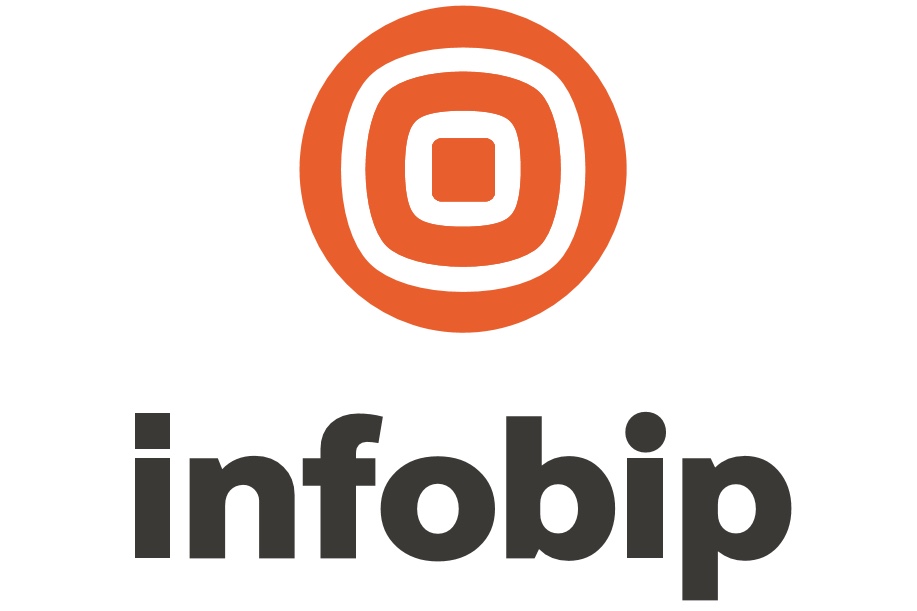Chat apps driving the conversation when it comes to customer engagement
https://contactcentresummit.co.uk/wp-content/uploads/2023/03/whatsapp-892926_1280-2.jpg 960 640 Stuart O'Brien Stuart O'Brien https://secure.gravatar.com/avatar/81af0597d5c9bfe2231f1397b411745a?s=96&d=mm&r=gNew research has revealed an apparent growing trend towards conversational experiences for customer communications, with chat apps such as WhatsApp Business Platform and social media channels such as Instagram driving the trend.
Infobip analysis shows that traditional channels like SMS still play an important role for time-sensitive messages, two-factor authentication, and one-time passwords. But when it comes to engagement and support, customers are shifting to more conversational experiences over chat apps.
The data shows a 73% and 51% increase in WhatsApp Business Platform and Email interactions in 2022 compared to 2021, highlighting the ongoing critical nature of these channels. Demonstrating the desire of customers to connect with brands on channels they already use, the data also reveals a thirty-fold increase in Instagram interactions last year. Meanwhile Google Business Messages and Apple Messages for Business interactions increased by 186% and 232%.
For customer engagement, WhatsApp Business Platform, Voice, and mobile app messaging saw the highest growth in 2022. Since the introduction of marketing messages over WhatsApp Business Platform, customer engagement and promotional usage increased interactions on the channel by 2.5 times. Meanwhile, Voice and mobile app messaging increased by 191% and 92%, demonstrating how customers now prefer instant, rich, and human-like experiences with a business or brand.
The data also shows how customers increasingly prefer to seek answers to their queries through chatbots on channels they use every day and that have rich capabilities. For instance, WhatsApp Business Platform interactions on Infobip’s chatbot increased by 69% in 2022 while Telegram and SMS interactions increased seven-fold and five-fold respectively.
When it comes to customer support, Infobip’s analysis shows customers now seek support on the conversational channels they use with their family and friends. Reflecting the desire for instant and rich messaging experiences, WhatsApp Business Platform interactions for customer support increased by 91%. Voice remains popular with a 51% increase.
“Our data reveals that conversational everything is rapidly becoming the norm for customer communications,” said Ivan Ostojić, Chief Business Officer, Infobip. “Whether for marketing, support, or sales, customers want a conversation with a brand on the channels they already use. For customers, the benefits are clear. They get richer, more convenient, and more personalized experiences. Businesses and brands meanwhile benefit from better customer loyalty and ultimately stronger sales.”
The move towards conversational everything is mirrored across many industries:
- Reflecting the shift from traditional banking to conversational banking, rich messaging is picking up pace with huge increases recorded on Google Business Messages, Instagram, and Telegram
- The retail and eCommerce sector recorded significant increases in MMS, Instagram and mobile app messaging interactions in 2022
- The data shows skyrocketing growth among rich communications channels including Instagram, Telegram, and Messenger within the transport and logistics sector last year
- In 2022, marketing and advertising companies have increasingly turned to rich communication on MMS, Messenger, and Google Business Messages
- MMS and Google Business Messages are leading rich channels within the telecoms industry for customer communications




